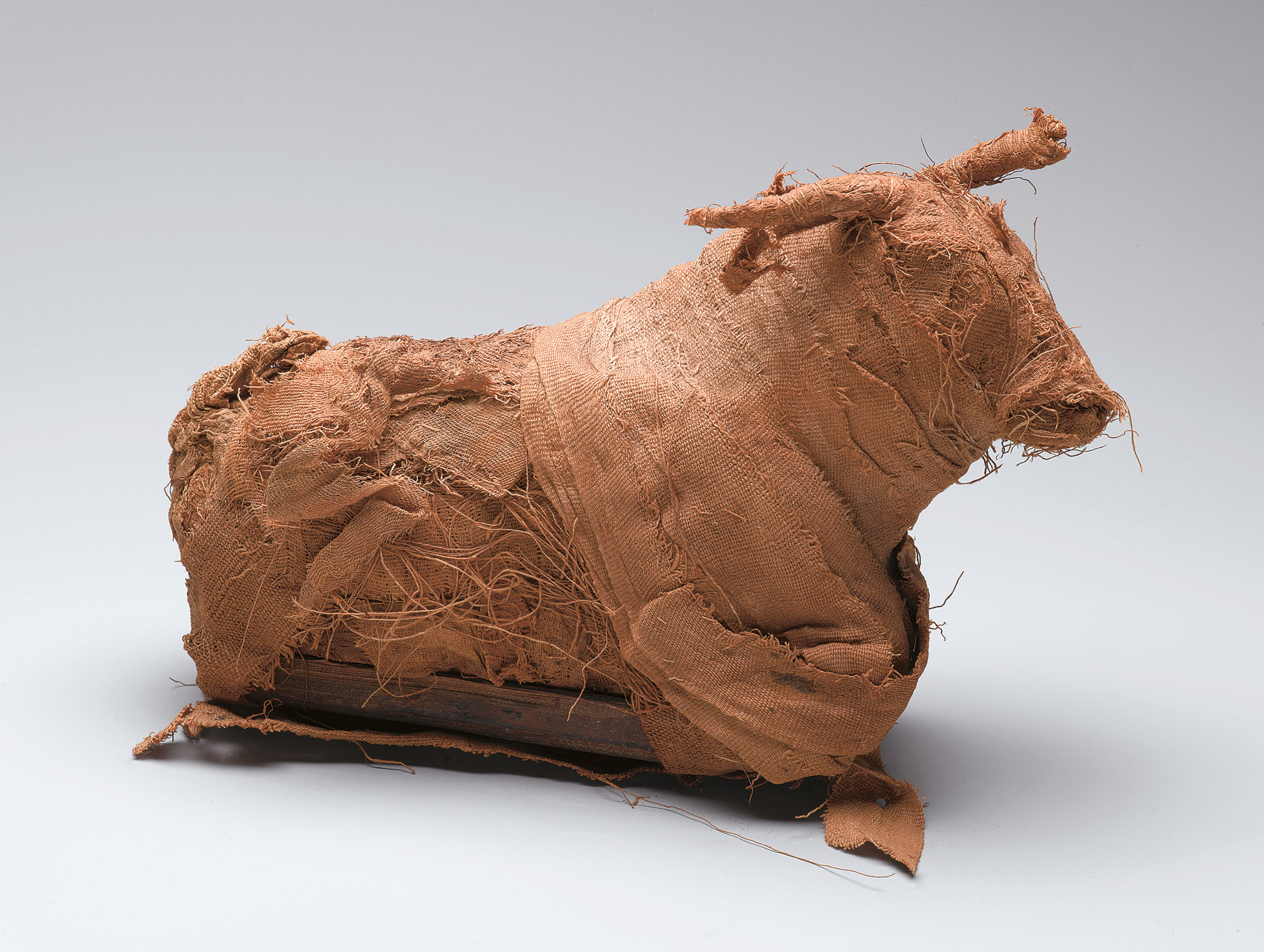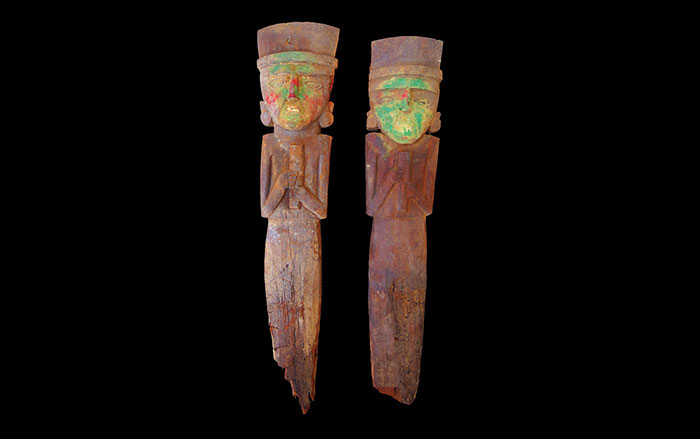
EAST SUSSEX, ENGLAND—A skeleton bearing six fatal sword injuries to the back of the skull has been radiocarbon dated to 28 years on either side of 1063, suggesting that the man may have been involved in fighting at the time of the Norman invasion of England and the Battle of Hastings in 1066. The bones had been found in Lewes on the grounds of a medieval hospital, and so it had been thought that the man died at the Battle of Lewes, which occurred in 1264. “There is no record of any skirmishes happening in Lewes or any other towns in Sussex at the Norman Conquest, but this suggests that the Normans didn’t just turn up and say, ‘We’re in charge’ and everyone said, ‘OK, that’s fine.’ It begins to paint a picture of what might have happened in the aftermath,” Edwina Livesey of Sussex Archaeological Society told BBC News. The new dates make the bones the only human remains ever recorded that are related to the Norman invasion.










